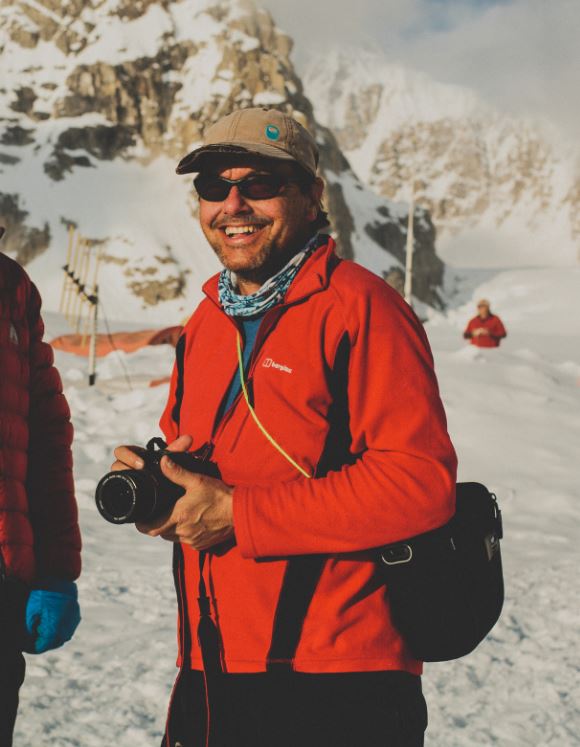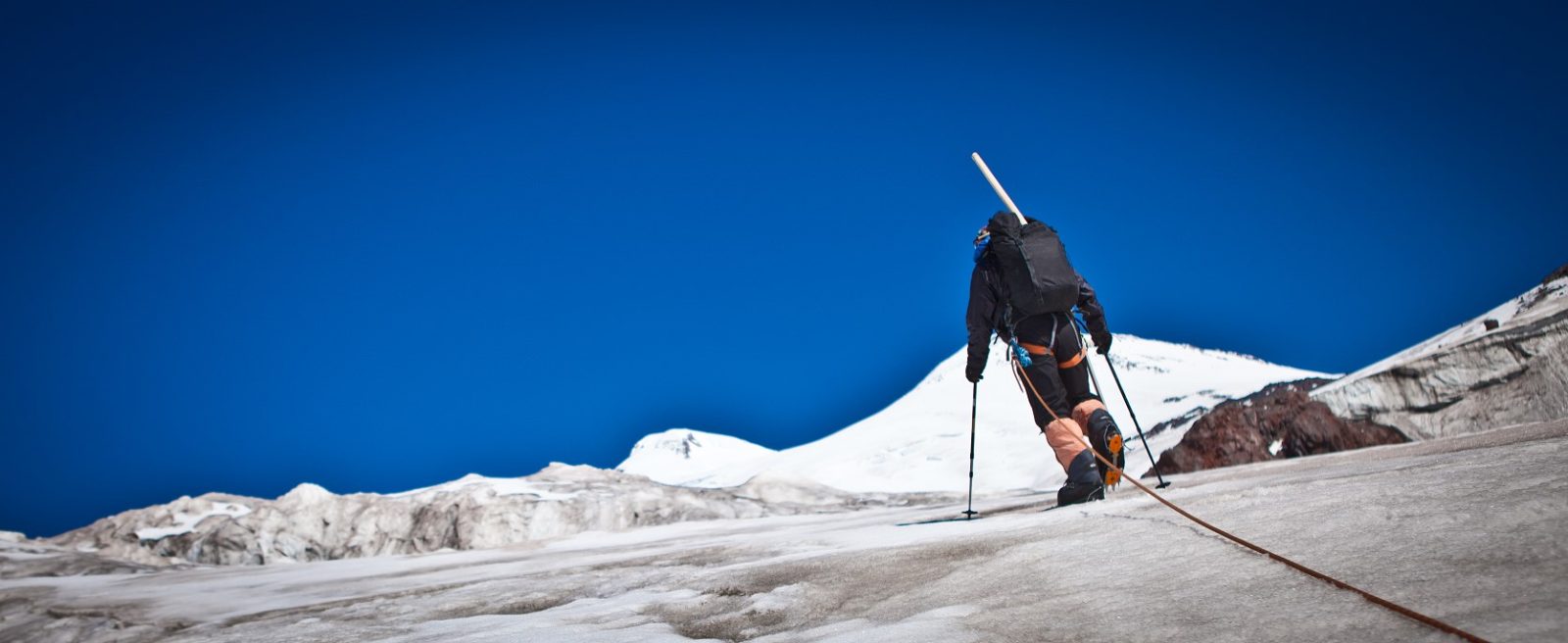
Common mistakes people make on mountains
Common mistakes people make when climbing a mountain include…
Common mistakes people make when climbing a mountain include..
Not cutting your toenails.
Walking downhill or front pointing with long toenails is a sure way to lose them and cause a lot of pain. Pretty soon you’ll be hobbling and the next morning your nail bed will be black from bruising and a week or so later there’s a good chance your nail will fall off. Tight boots or boots with not enough space in the toe end will similarly result in squashed and bruised nails.
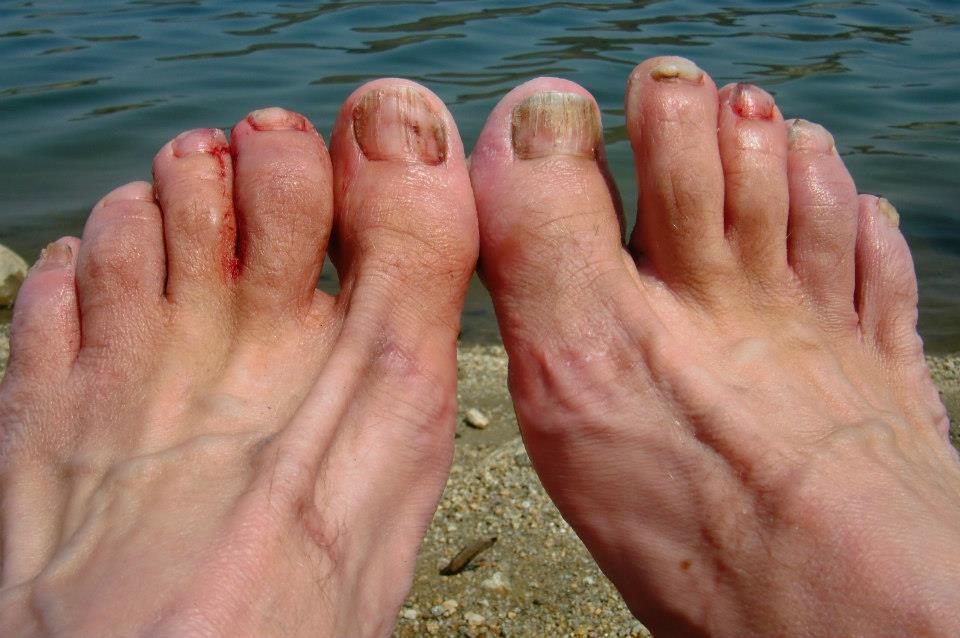
Wrong training
Obviously climbing a mountain requires a person to be fit but it’s surprising how many people arrive at a mountain without having done the correct preparation to be fit. To be fair this is often because of access; the best way to train to climb a mountain is to climb lots of hills with a rucksack on, and some people don’t live near hills. If you are only able to train in a gym then doing weights won’t cut it, you need to be doing stamina and cardio training like circuit training, cross fit, ergometer and running machines. Swimming is good for the heart at altitude and the best muscle groups to concentrate on are the thighs and calf muscles.
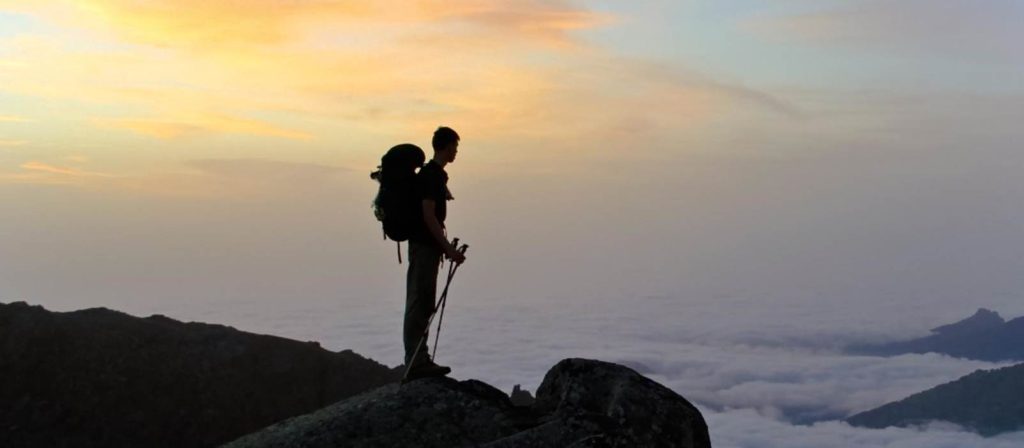
Going too fast at altitude
It’s an irony that statistically young fit males fail on big mountains because they consider it an athletic challenge and an act of bravado to get there fastest. They are the ones who get sick first and fail the most. So many times I’ve heard people say “I did Kili in four days!”, and while probability will dictate that every now and again somebody will do it in four days (assuming previously unacclimatised), the danger is that somebody else will want to equal that badge of honour and really hurt themselves. Climbing big mountains is about fitness and patience. Going slow and not treating it like a competition is key, enjoying the wilderness and the experience instead of trying to conquer the mountain is far more satisfactory and enjoyable.
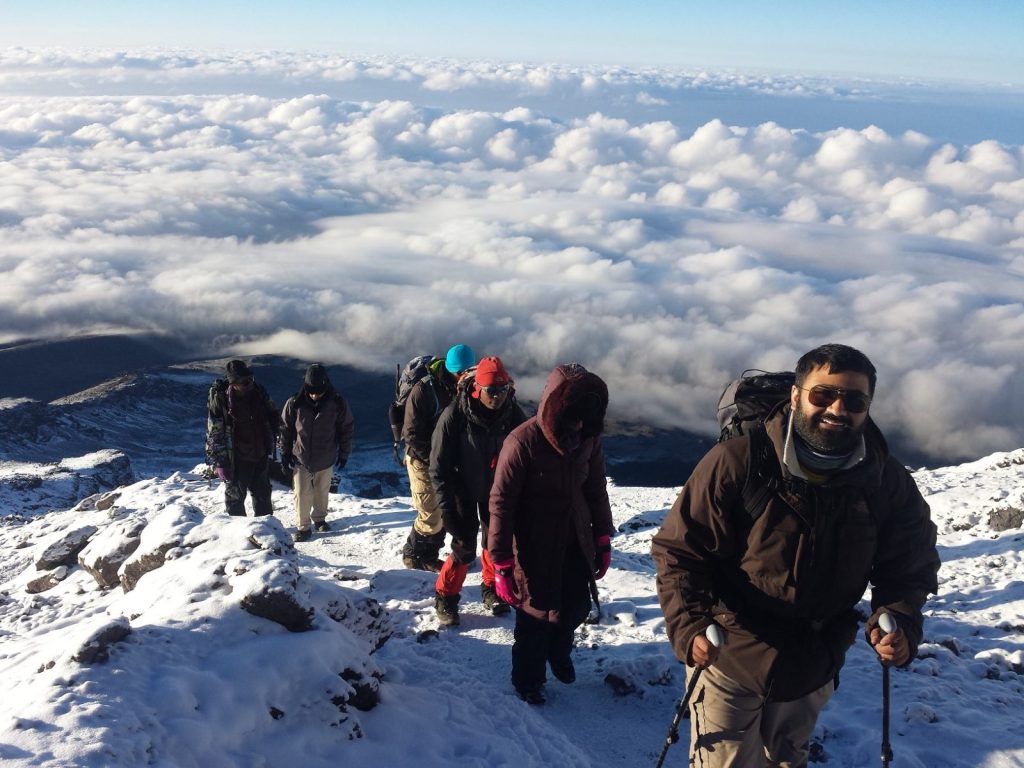
Not eating the right food
On a mountain climb it’s all about calories in and energy used. Some people take their food preferences with them to the mountains forgetting that in a sense it’s just about putting wood on the fire. If you don’t have enough then the fire goes out. On big mountains you burn double or triple the calories you do at sea level, so you need to bulk up on slow burning carbs or stodge. The problem is that chowing down on a huge bowl of porridge at 4am is not easy! The Sherpas will pack away great quantities of tsampa or roasted barley and it lasts them the whole day. Not eating the right food, or enough food, is a sure way to come to a stop on a climb.
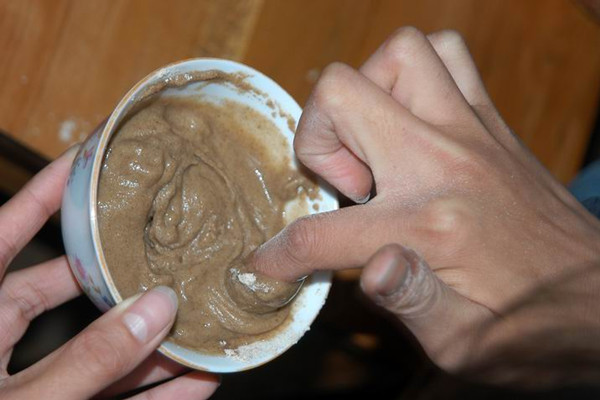
Ignoring ‘hot spots’ on your feet when you’re walking
We’ve all been there, walking along and feeling that hot spot on the heel but carrying on regardless. “I’ll deal with it when we get there” being the most common reason. But for all the best paid plans on mountains, it’s the humble blister that can bring it all to a crashing painful halt quicker than you imagine. Before long that redness has turned into a sensitive bag of clear fluid (serum) and can easily become infested and fill with pus. Moral of the story is stop immediately you feel the hot spot!
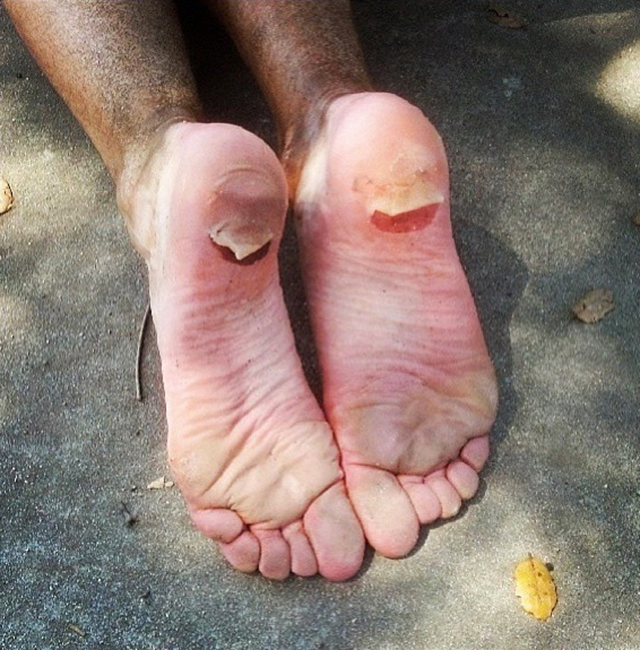
Not using suncream
There’s nothing like coming home with a gnarly climbers tan and a beard to help prop up the bar room stories of derring do on mountains, but the UV on high mountains is so strong it’s emphatically damaging to your skin. Good climbers cover up and put suncream everywhere. This includes all the places where the sun is reflected off the snow like the underside of your chin and ears. Panting at high altitude on snow can cause sunburn on the palate of your mouth which is particularly painful. Your lips are especially sensitive and if left to the sun for a day can quickly crisp and split, making it very hard to eat or just move your mouth. Also who wants skin cancer later in life? Slather the cream on and moisturise every night.
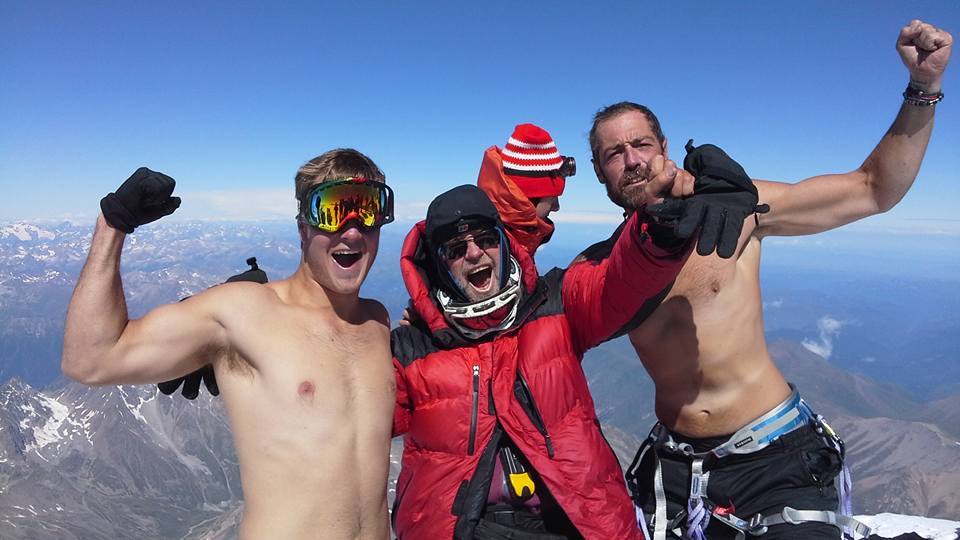
Not drinking enough
At high altitude the less oxygen in the atmosphere means you pant a lot and all that excessive heavy breathing plus more sweating than usual causes you to dehydrate much more than usual. Above 6000 feet it’s about twice as much. It’s easy to confuse the symptoms of dehydration with altitude sickness, but at even moderately high altitudes, dehydration is responsible for more illness than lakc of oxygen or hypoxia. And stick to water! Coffee, tea, soda, sugary drinks, and even juice can leech the fluids from your body. Dehydration can be sudden or come on slowly. Headaches, tiredness and even dizziness can be mistaken for altitude sickness so bring twice as much water as you normally drink on lower hikes and monitor how much you’re drinking. If it’s under three or four litres a day then it’s quite likely your symptoms are also to do with dehydration.
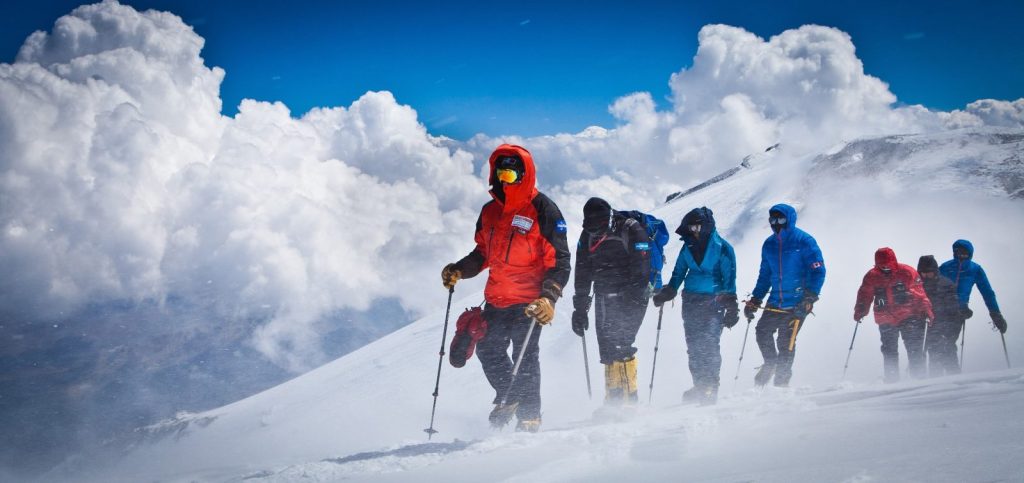
Assuming that paying money to be guided to the top means that you will definitely summit.
The reality of climbing big mountains is that there are lots of things that prevent you from summitting. Weather, illness, difficulty and many objective dangers like avalanche, crevasses and loaded slopes all contribute to obstacles on a mountain expedition. The job of the guide is to understand and foresee these dangers and make the call on whether to continue but the harsh reality is that the higher the peak, the longer the trip, the more expensive it generally is, the more potential obstacles and dangers and the less likely you are to summit first time round! Just because you’ve paid to be guided, doesn’t mean the mountain is any easier.
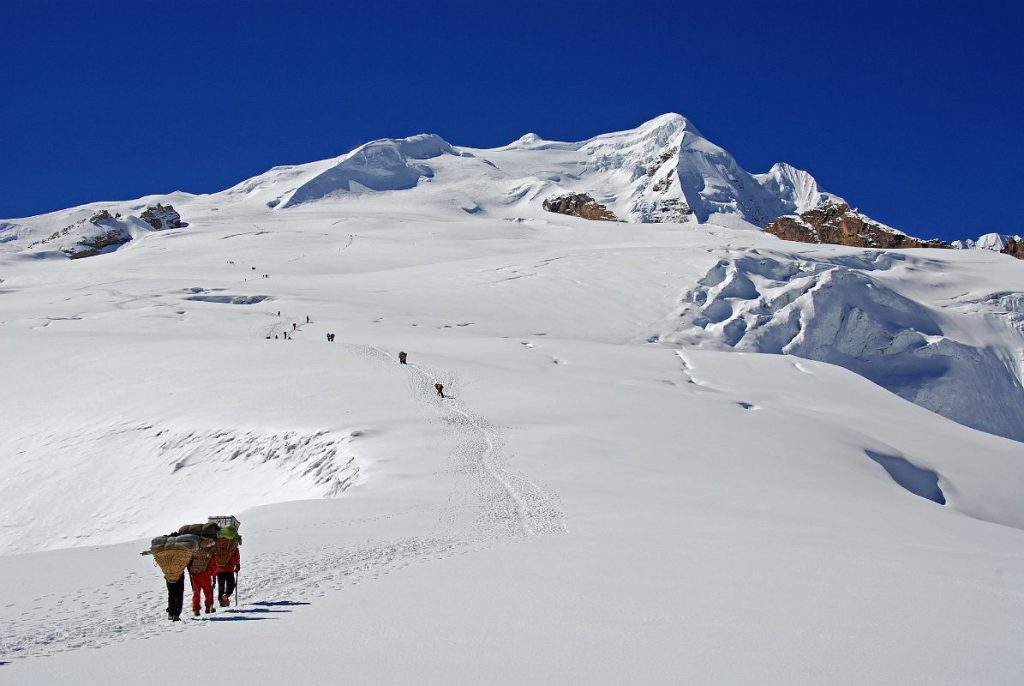
Life at high altitude: http://www.highaltitudelife.com/dehydration.htm
Related Articles
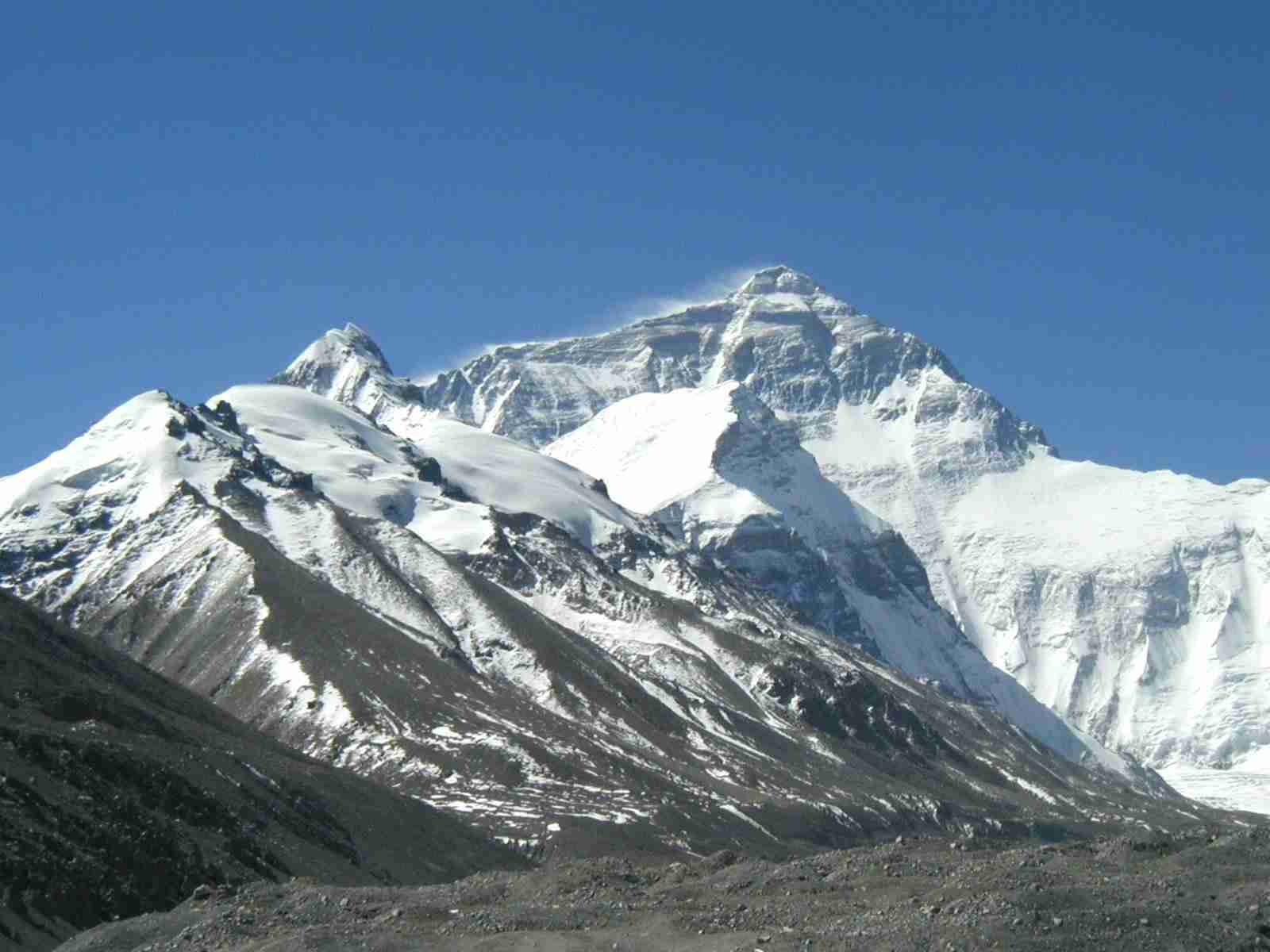
12 MONTHS, 12 MOUNTAINS
In celebration of World Mountain Day, we've created a calendar for the year to make it easy for you to plan your next mountain climb in the...
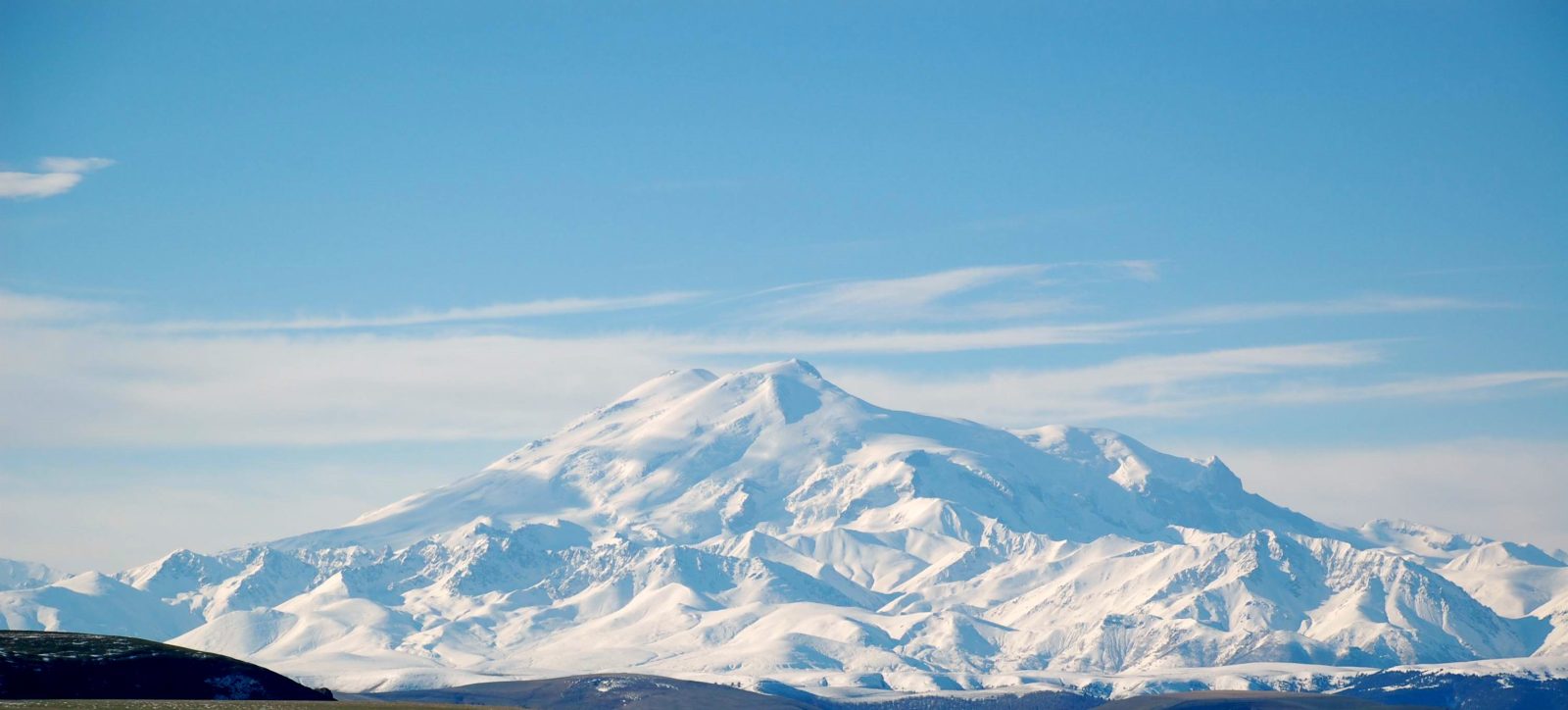
What’s The Highest Mountain in Europe?
Its summit is 18,510 feet (5642 meters) above sea level and it is located in Russia. However the mountain itself - including the glaciers...
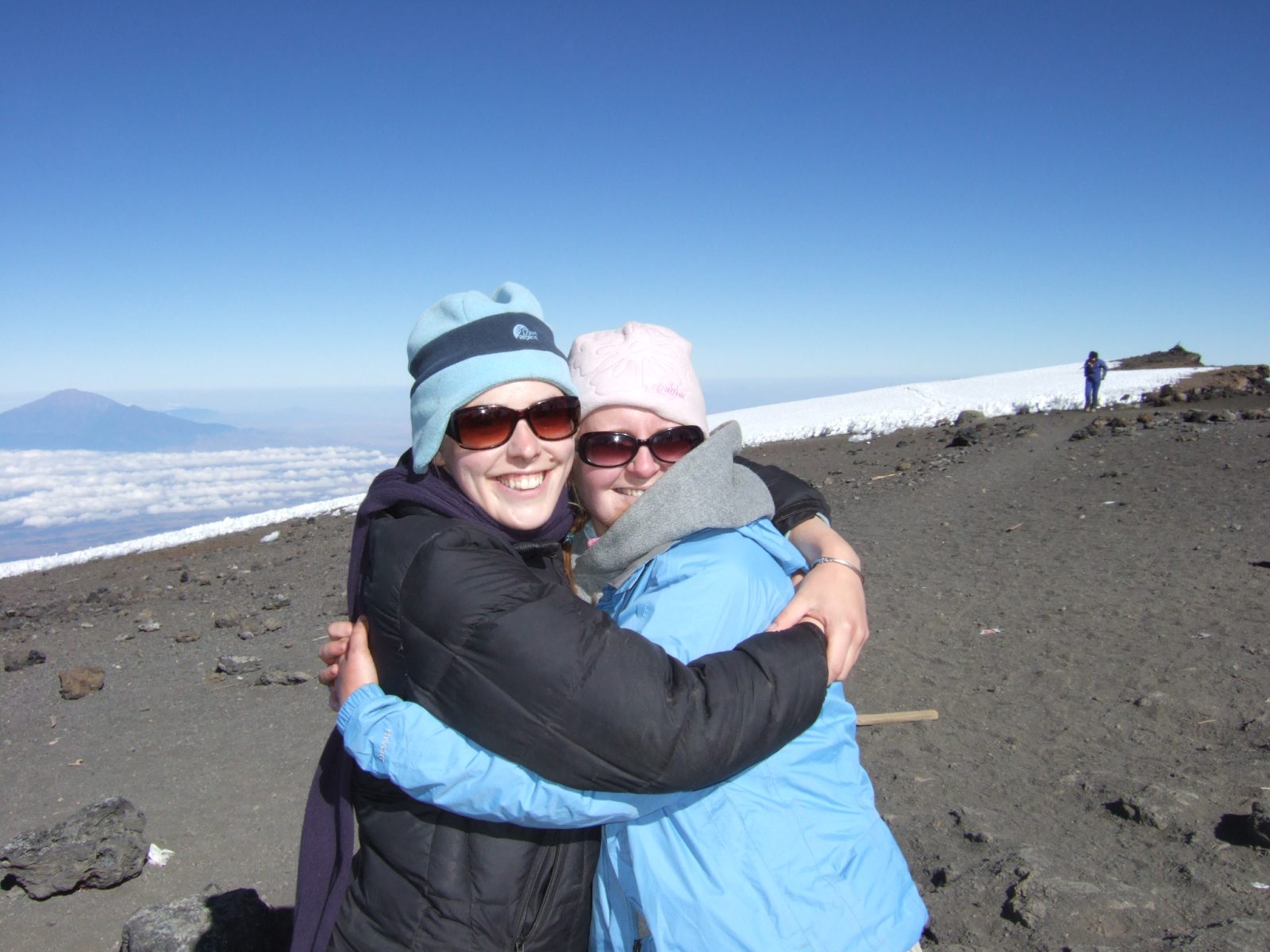
How can I Climb Kilimanjaro for Charity?
We often get asked, ‘how do I climb Mount Kilimanjaro for Charity?’ and the answer is easy, call us to have an initial talk about...
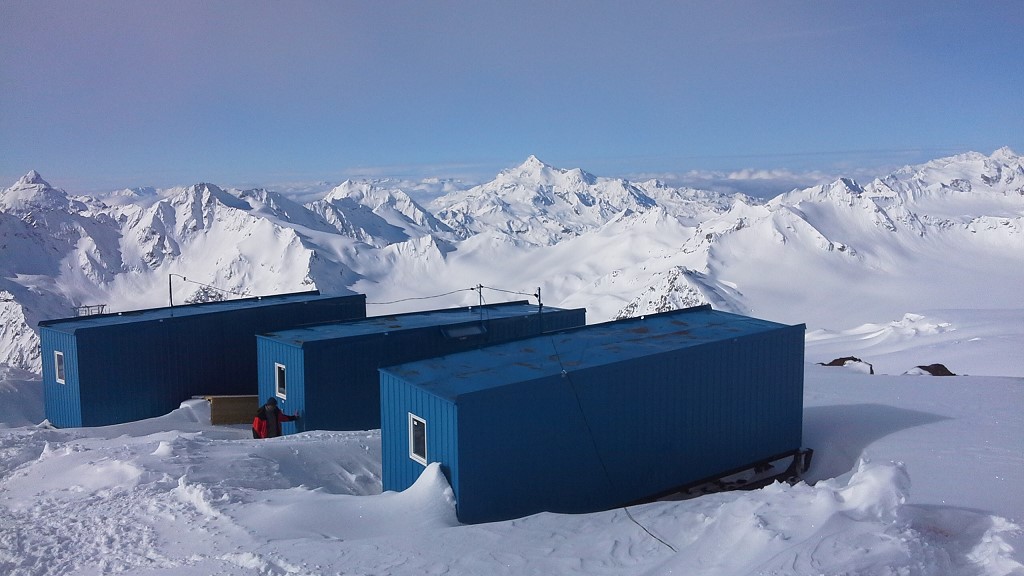
Huts on Mount Elbrus
Years ago when I was guiding clients with my Russian friend Sasha Lebedev to climb Mount Elbrus during the ‘perestroika’ period after...
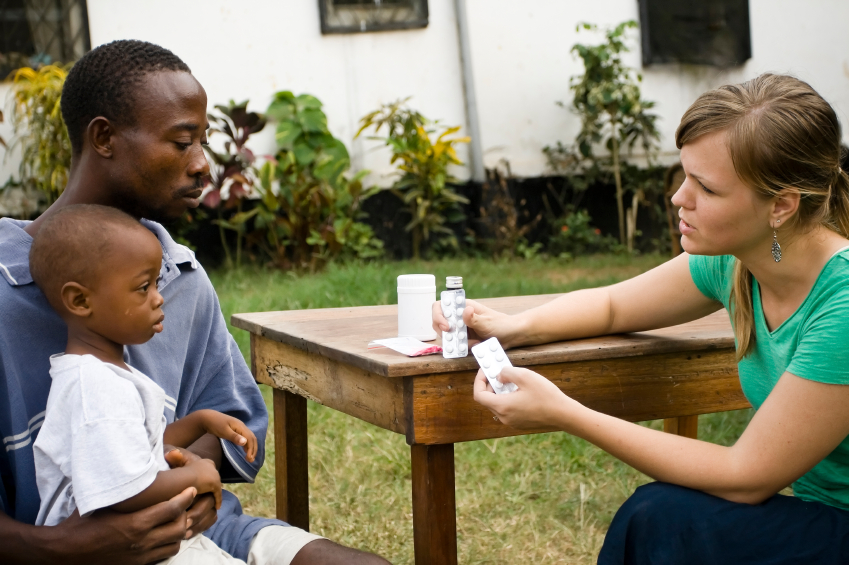
How Ethical is Medical Elective Voluntourism?
A recent article in the Student BMJ magazine about the ethics of voluntourism for medical elective students was written by...
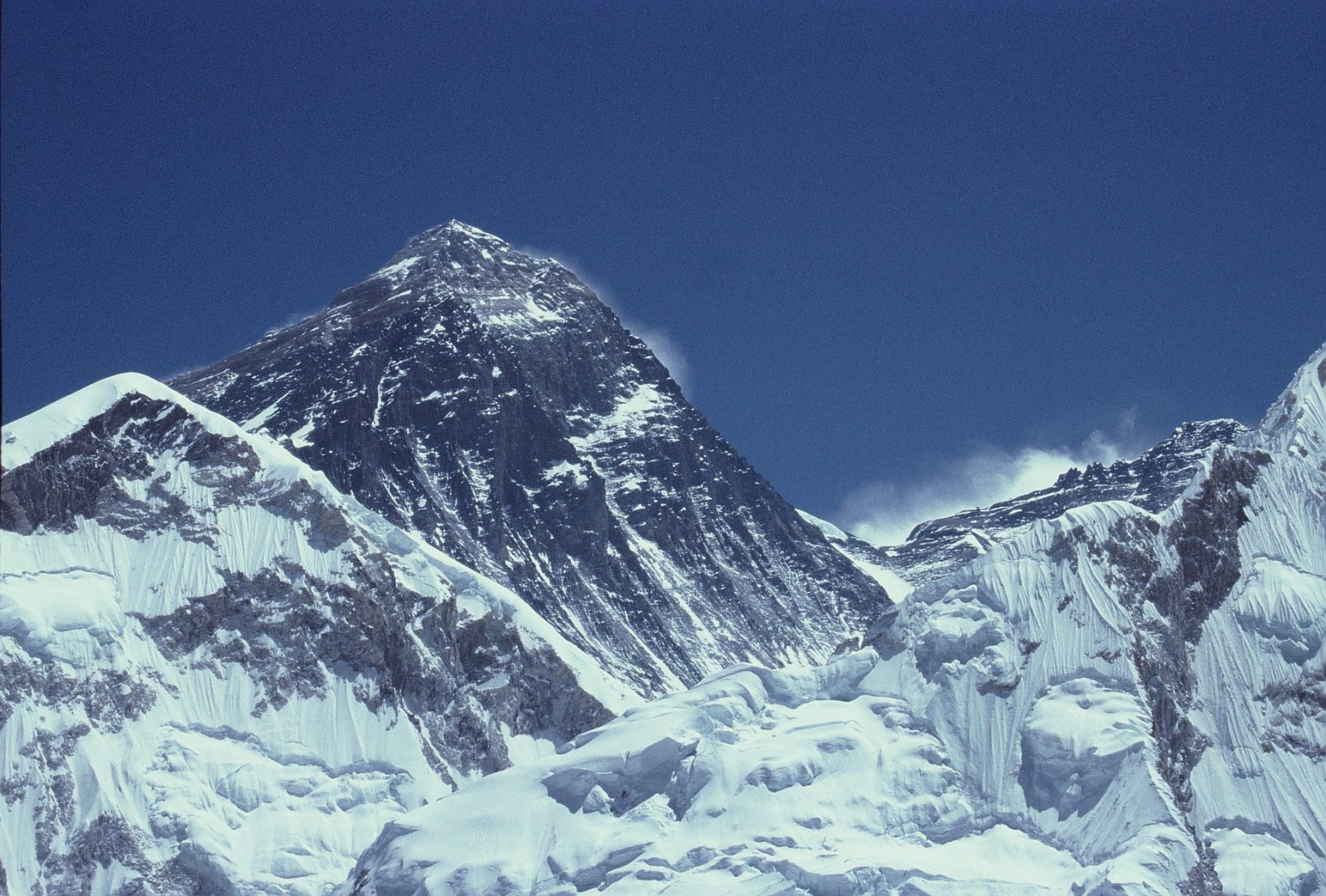
Faking Mount Everest?
An interesting story has come about towards the end of this years season on Mount Everest concerning the claim from an Indian climber that his...
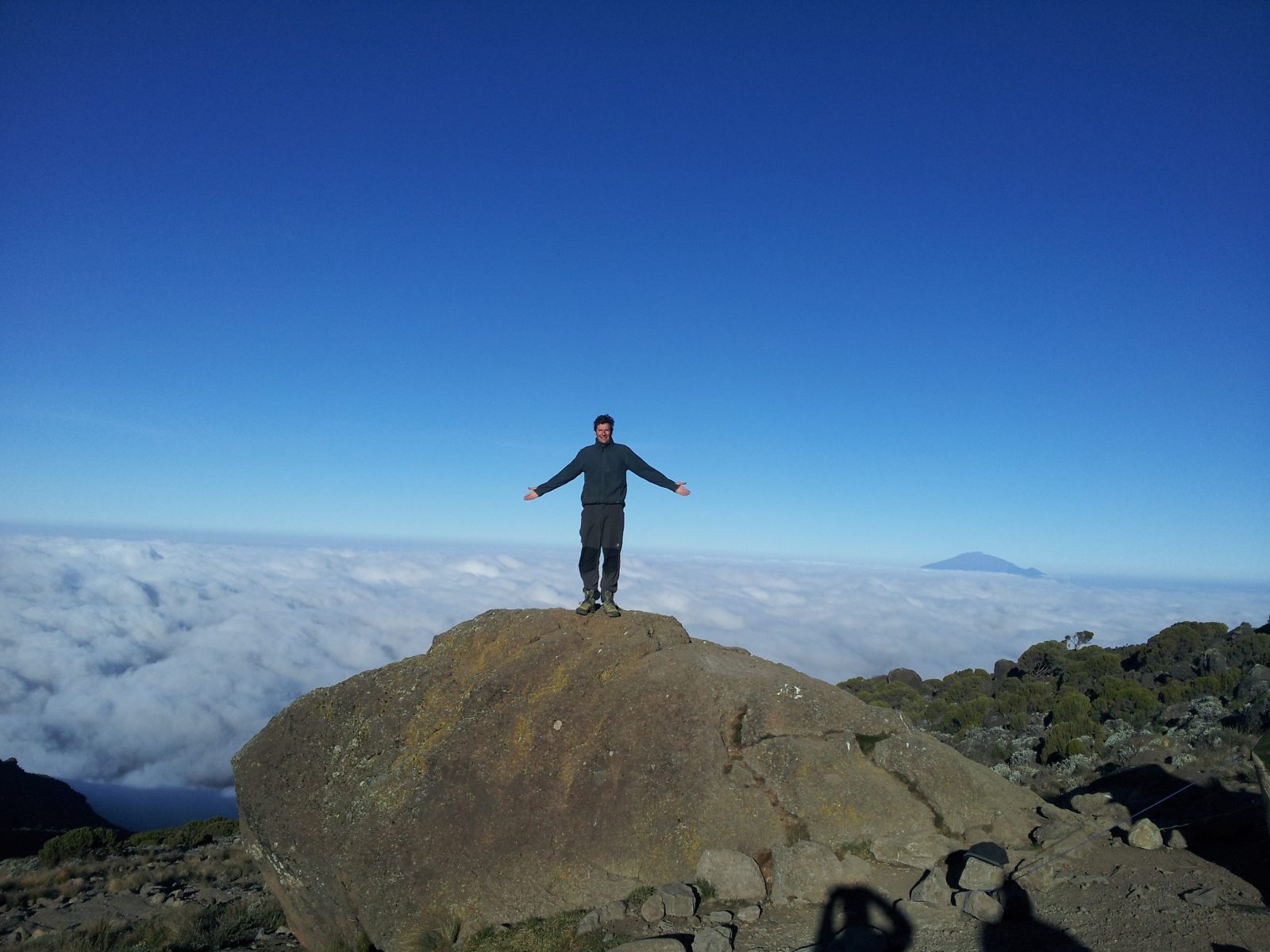
Kilimanjaro Diamox?
Regarding the use of Diamox on a Kilimanjaro climb, there is a tendency now for people to use it as a default drug in order to increase...
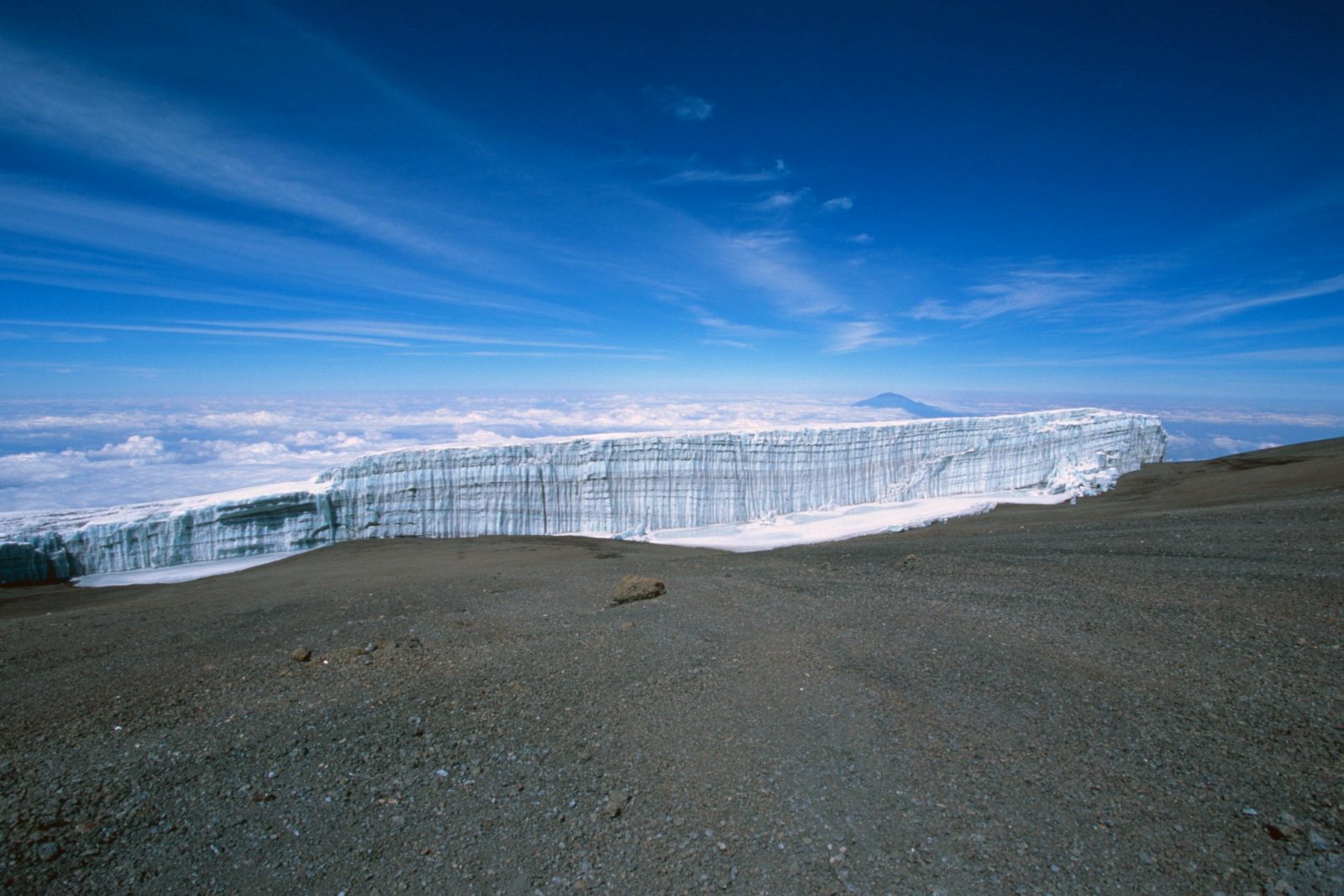
Weather and Seasons on Kilimanjaro
There is a magic about standing on the Roof of Africa. Mount Kilimanjaro, Africa's tallest mountain, stands 5895m above sea level. The climb...
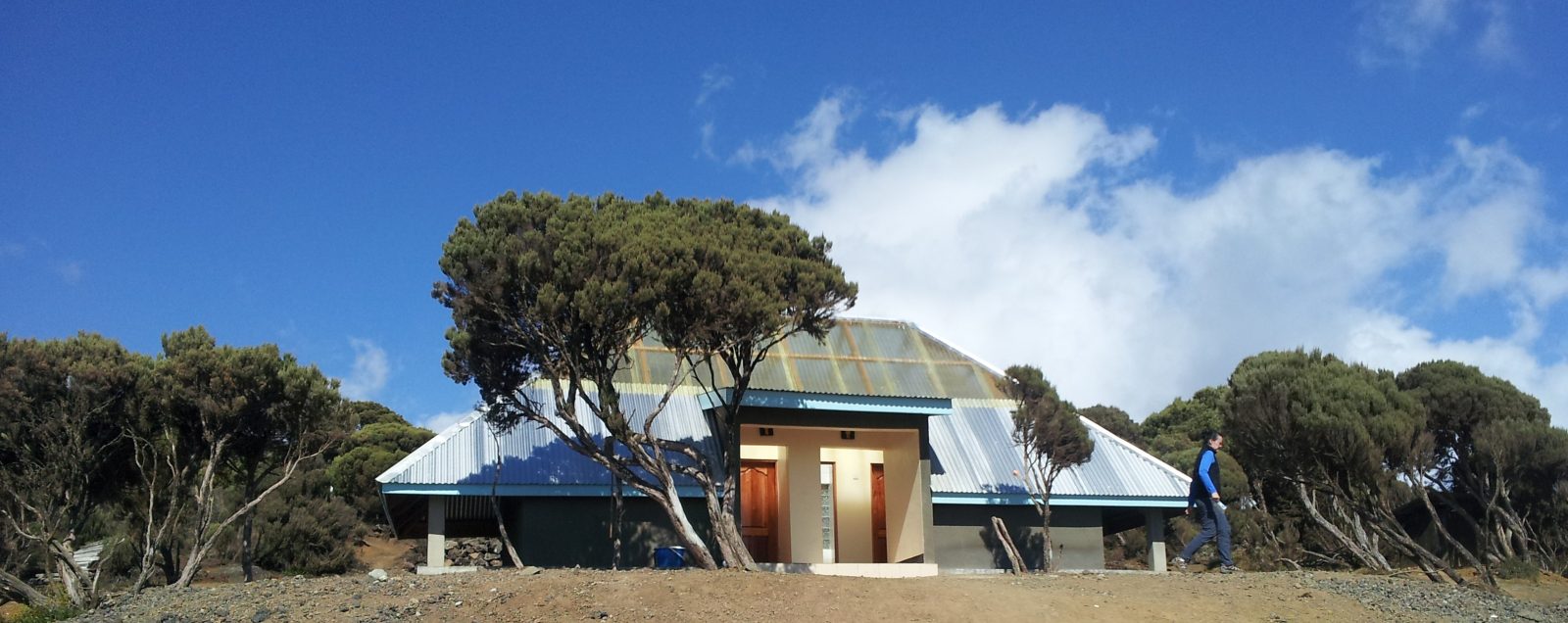
Toilets on Kilimanjaro
So we all need a wee and a poo, but strangely it’s a topic that’s never really gets mentioned in day to day life. However on Kilimanjaro,...
